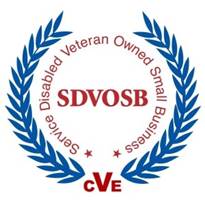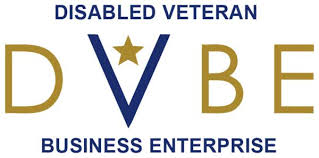In previous articles, we have looked at the government procurement process by defining the various government sectors of procurement and what they are looking for in a contractor as far as certifications, registrations and capability statements. We are now ready to explore the specific processes a company can utilize to successfully market to the government.
The least effective method is to just respond to every competitive opportunity because you think you can do the work. However, if one is right for your company and you can do the bulk of the work outlined in the scope of work according to a Gap Analysis you have conducted, then by all means, you should pursue those opportunities if an only if:
You can successfully navigate through the RFP and understand it;
You have the capability or resources to respond on time ( a day before it is due);
You can meet all of the Administrative Requirements of the contract. This can sometimes be very difficult depending on the level of government and the specific agency writing the requirement;
You have the financial resources to have the retention held back;
But, what you don’t want to do is to go after everything where you may be competing against a large business each time. This is why those certifications discussed back in the 3rd and 4th blogs on Government Contracting were so important. the idea is to compete in a limited competitive field and the next series of articles will be talking about that.
We are going to look at the four sectors; Federal, State, Agency, and large business and explore the different ways you can effectively market to them based on the premise that people do business with people they know like and trust.
Federal: At the federal level, the best opportunity a company can have it to respond to Sources Sought. In other words, When the government is conducting its market research, you respond in a timely manner showing them that you have the capability, capacity, credibility, and past performance to execute that scope of work and you request that the requirement be set aside (whatever your certification is). Once it has been set aside, now you can play in the limited field. If you are fortunate to be an SBA 8(a) certified company, you may be eligible for a Sole Source Set Aside where the SBA Specialist request the Contracting Officer to award that requirement to your business.
If there is a requirement that is not set aside, and you think you can do the majority of the work, then I would encourage you to respond. You can evaluate the competition by looking at who is interested in that solicitation on the “Interested Party” List which is posted on FedBizOpps. We suggest a general rule that seems to hold – cut the number in half each way through the process to determine how many you have to compete against. For example if there are 20 interested parties for a particular solicitation, then you can count on at least 10 other responses, and that is a pretty tough competition; however, if there are only 10 interested parties, you can pretty much count on five responses, a far better number.
There are many other complexities to the Federal Government Contracting System, but hopefully, this gives you a great overview of how to compete in a restrictive field. We will look at other strategies in future articles if you want to compete for a specific requirement, but need help in filling out the entire scope of work.

